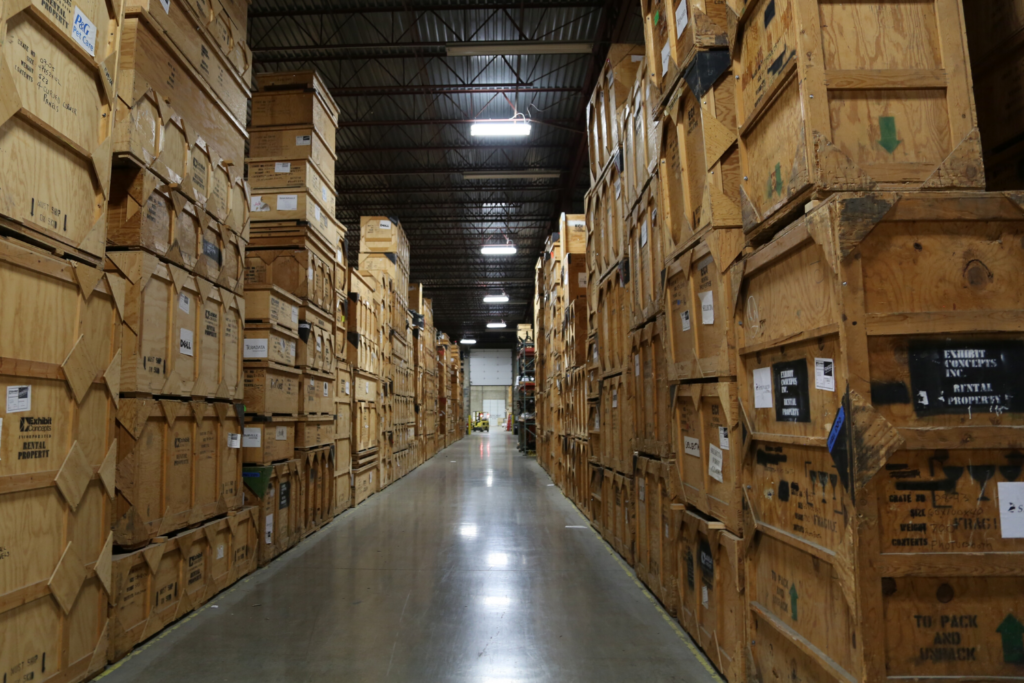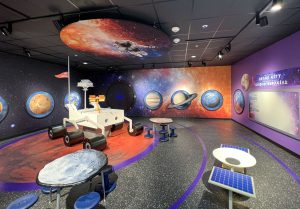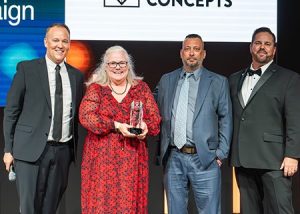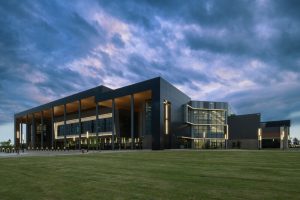There is a saying: fail to plan and you plan to fail. Every successful venture starts with a plan, and that has never been truer than it is right now. Having a plan, and planning ahead, is a major key to success. We spoke with other groups to get their take on planning, including:
Part 1: Estimating, Detailing, and Production’s Perspective
In the final part of this series, we spoke with Exhibit Concepts, Inc.’s Account Manager Regina Henning, Account Executive Chris Beckstedt, and Project Manager Misty Boyd to get their take on how clients can make the most of their time right now to plan ahead.
Regina Henning, Account Manager, emphasized the importance of thinking about managing inventory. For many clients, inventory is something that is reviewed and reassessed once every few years, but now during the slow-down caused by the COVID-19 outbreak, is a great time to streamline that process and develop best practices. It’s important to be intentional about your inventory, review items, and even purge as needed. This will help from a budgetary perspective, by minimizing storage space and saving money in storage fees.
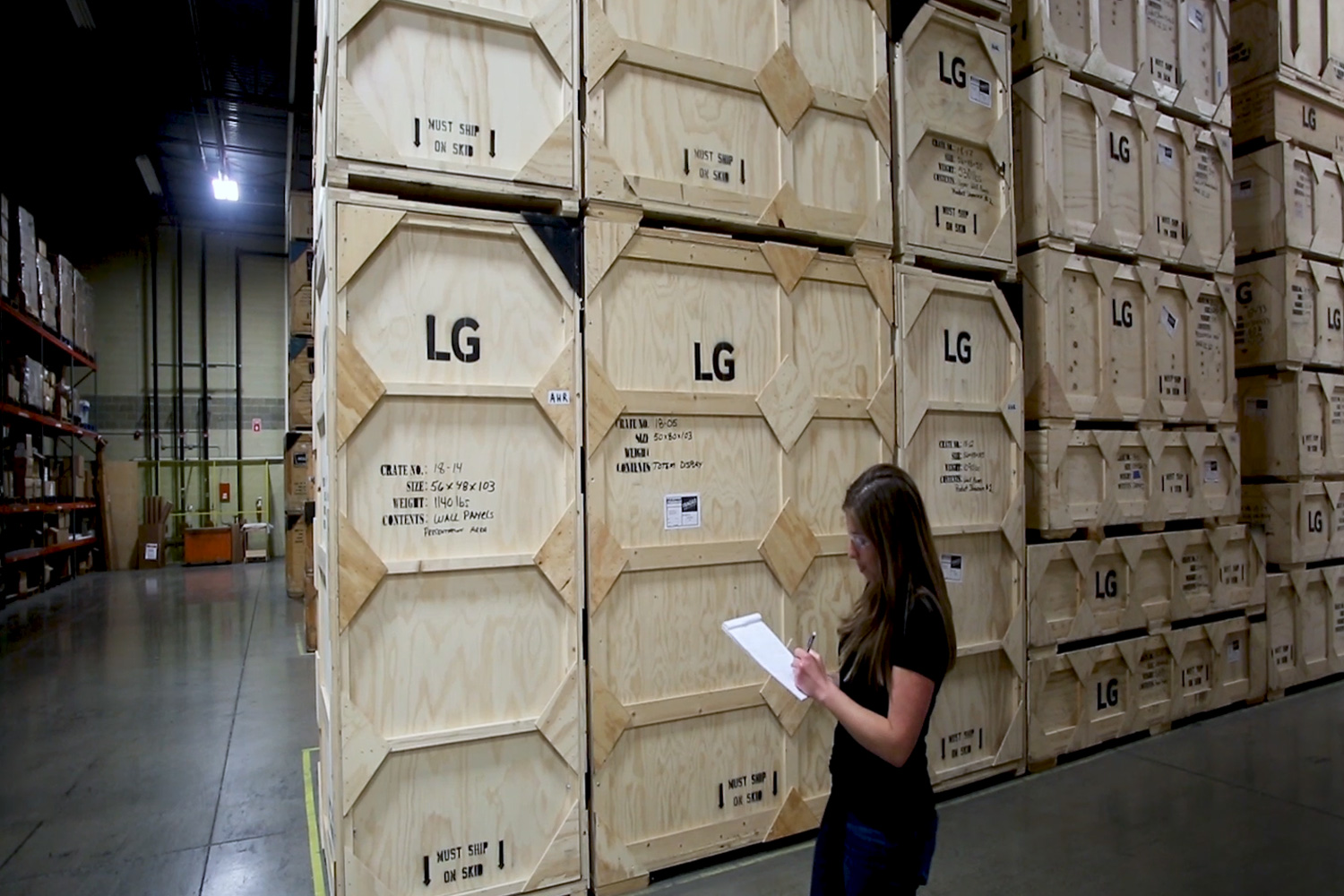

Regina also addressed a topic that is of crucial importance: having a backup plan (or two). Thinking through each possibility of what could go wrong now, instead of on the show floor, can be a productive exercise.
“As the saying goes, you should hope for the best but prepare for the worst,” said Regina. “Having a backup plan is always a good idea, but it’s more important than ever right now.”
This doesn’t mean assuming the worst; it means playing out every plausible scenario ahead of time, creating a plan, and hopefully never needing it. It also means peace of mind, staying nimble, and walking through the process ahead of time so you are fully prepared for the show while you are on the show floor.
Fall, especially October, is typically the busiest time of the year in the trade show industry. The current uncertainty is forcing marketers to hold off starting new projects, waiting until the last possible moment to get started. No one knows whether shows will return in the fall, but assuming they do, with pent up demand and compressed schedules, that potentially means it will be busier than ever. All the more reason to have a clear vision of any rental assets needed that can be reserved now, and those all-important backup plans. That could also mean having different ideas for different budgets, including a budget for a physical show or a virtual one.
Account Executive Chris Beckstedt also emphasized the importance of being flexible, having a contingency plan, and more than anything, being adaptable. While there are plenty of “unknowns” at this point, there is also plenty of time to find new ways to reach your audience. A virtual exhibit platform (VEP) is a perfect avenue to do that right now. When trade shows and conferences return, some projections indicate attendance could be reduced by 40% to 50%. The question becomes: how do you reach the rest of your audience? Utilizing AR or VR demonstrations and virtual trade shows is an ideal solution. Face-to-face will always be the most effective channel to reach and engage with buyers, but finding new ways to reach your audience right now is crucial.
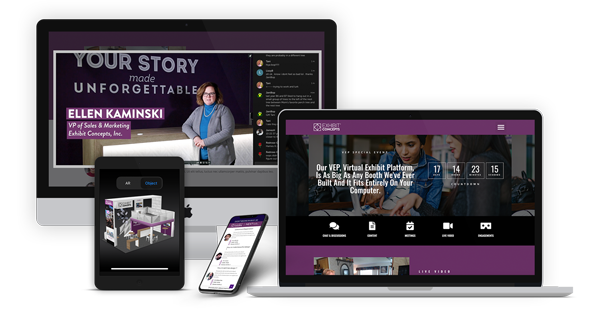

A successful virtual event requires a marketer to think about and plan the event much like they would for a live event. Who is my target audience and what motivates them? How do I drive traffic to my event? What content, speakers and demonstrations will we leverage during the event? What activities should we consider to drive engagement? What do I want my audience to think and feel after the event? How should I best follow up? Arguably, a virtual platform makes it easy to capture leads through the sign-in process and during the event. It can also host numerous presenters, utilize a live chat function, and deliver a message in a short period of time. But in virtual, you’ll always miss that face-to-face interaction, human connection and hands-on experience that we all crave.
Project Manager Misty Boyd also emphasized making the most of this time by working with your team to get on the same page with planning, messaging, and graphics.
“Historically, the fall is always the busiest time of year for trade shows,” said Misty. “By working ahead now and finalizing the messaging and getting approval for graphics, we can avoid that rush and prevent any delays when the time comes.” This slower period we are in, is also a great time to refurbish trade show property, adding new components or finishes. And thinking about longer term sustained concerns about safety and social distancing, now is a great time to engage with your exhibit partner to modify your floorplan to create more room between demo stations and explore touchless interactives.
Working ahead and planning early isn’t just an effective use of time, it also allows for “early bird” discounts that can also save time and money.
“Another key component of making the most of this time is scheduling discovery calls to talk through strategy,” says Misty. “A 30-minute call can be a great way to get the entire team on the same page about goals, strategy, messaging, and design. A creative brief can help to clarify and communication your goals and strategy. It’s a great way to clearly articulate expectations and really, just make everyone accessible for an honest conversation.”
Starting the planning process now means making the most of this time to understand your vision so that it can be brought to life in the most meaningful way.


